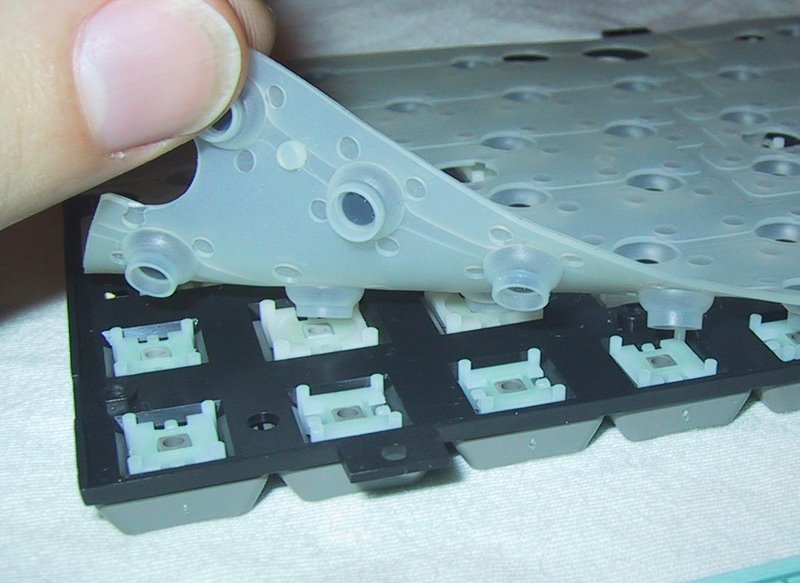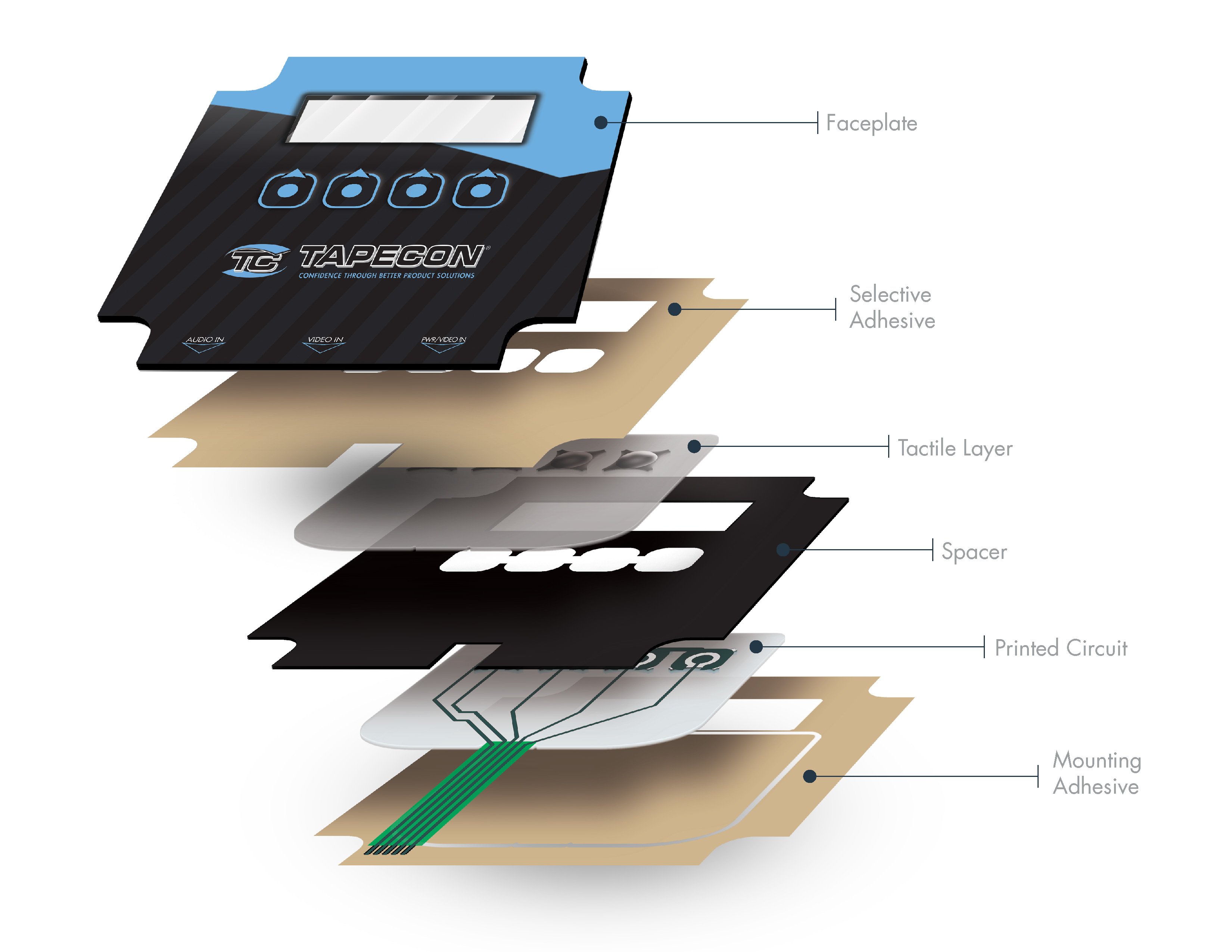Just How to Make Certain Long Life and Integrity with a High-Quality Membrane Switch
Just How to Make Certain Long Life and Integrity with a High-Quality Membrane Switch
Blog Article
Recognizing the Performance of Membrane Switches for Customer Interface Devices
The functionality of membrane layer changes stands for a significant advancement in individual interface layout, combining effectiveness with aesthetic convenience. As industries progressively focus on user experience, comprehending the subtleties of membrane switch modern technology becomes necessary.
What Are Membrane Layer Switches?
Membrane buttons are cutting-edge user interface devices that facilitate user interaction with electronic devices. These functional elements include several layers, consisting of a graphic overlay, spacer, and a printed circuit layer. The layout enables for a seamless assimilation into various electronic devices, enhancing both the visual and functional aspects of interface.
Membrane buttons are commonly employed in a wide variety of applications, from home appliances to industrial machinery and medical tools. Their construction commonly features a thin profile, making them an excellent selection for portable layouts. The tactile comments offered by these switches can be engineered to satisfy certain individual choices, guaranteeing effective communication between the individual and the device.
Sturdiness is another considerable advantage of membrane layer buttons, as they are immune to dirt, moisture, and chemicals, which boosts their life expectancy sought after atmospheres. Furthermore, these switches can be customized in regards to shape, dimension, and graphic design, permitting for branding and user-specific functions. Generally, membrane changes represent a practical remedy for boosting individual experience in electronic tools, incorporating functionality with visual charm in an efficient way.
How Membrane Layer Switches Job
Operating on a simple concept, membrane switches over use a layered building to sign up individual input properly. Each switch contains several layers, including a published circuit layer, a spacer layer, and a top visuals layer, which are created to work together seamlessly. When an individual presses the top layer, it compresses the spacer layer, bringing the conductive components of the circuit layer into contact with each other.
This call produces a closed circuit, indicating the tool to execute a certain function. The style enables various arrangements, consisting of tactile feedback, which can boost the user experience by giving a physical sensation upon activation. The materials used in membrane switches often consist of versatile substrates, such as polyester or polycarbonate, which make sure longevity and durability against wear and tear.

Key Advantages of Membrane Layer Buttons

One more significant benefit is their density. Membrane switches are thin and lightweight, which enables makers to conserve area in their gadgets without sacrificing performance. This feature is specifically helpful in applications where weight and volume are crucial considerations.
Additionally, membrane layer switches are immune to dirt, moisture, and chemicals, improving their sturdiness. This resilience prolongs their life expectancy and reduces the demand for constant substitutes, leading to cost savings over time.
In addition, the tactile comments supplied by membrane buttons can be enhanced to improve customer interaction. They can consist of features such as elevated buttons or audible clicks, boosting use and user experience.
Applications Throughout Industries
Interface tools utilizing membrane layer buttons prevail in a broad variety of markets, showcasing their versatility and performance. Membrane Switch. In the clinical sector, membrane layer buttons are indispensable to devices such as analysis tools and client monitoring systems, where their durability and convenience of cleaning are important for maintaining hygiene standards. In the auto market, these switches are used in control panel controls and infomercial systems, giving a streamlined and modern-day user interface for customers.
In addition, the customer electronics industry benefits from membrane switches in devices and portable tools, where small style and user-friendly user interfaces boost customer experience. Industrial applications likewise take advantage of membrane switches for control board in equipment and automation systems, highlighting their toughness and resistance to severe environments.
In the aerospace and defense sectors, membrane layer switches are utilized in cockpit controls and equipment, where integrity and efficiency under extreme conditions are extremely important. In addition, the video gaming market increasingly incorporates membrane layer switches in controllers and arcade equipments, adding to an engaging customer experience. In general, the versatility of membrane layer changes allows their extensive use throughout various sectors, emphasizing their relevance in modern customer interface design.
Future Fads in Membrane Switch Over Innovation

Furthermore, the usage of innovative materials, such as polycarbonate and polyester next films, is expected to rise, supplying improved longevity and resistance to environmental stress factors. These products add to the overall long life of membrane switches, making them appropriate for harsher commercial applications.
Moreover, the incorporation of wise innovation, including IoT connection, will certainly make it possible for membrane layer buttons to connect with various other tools and systems, facilitating a much more interactive individual experience. This fad aligns with the expanding need for smart tools throughout different fields, from health care to consumer electronics.
Lastly, customization options are anticipated to increase, permitting makers to develop bespoke options customized to particular customer demands and preferences. These advancements will position membrane switches as vital elements in the development of user interface technology.
Conclusion
In verdict, membrane changes stand for a critical innovation in individual interface modern technology, providing a click here to read trustworthy and versatile option for diverse digital applications. As advancements in material science and touch sensing technologies proceed, the functionality and applicability of membrane layer buttons are expected to expand, strengthening their value in modern-day digital tools.
Report this page